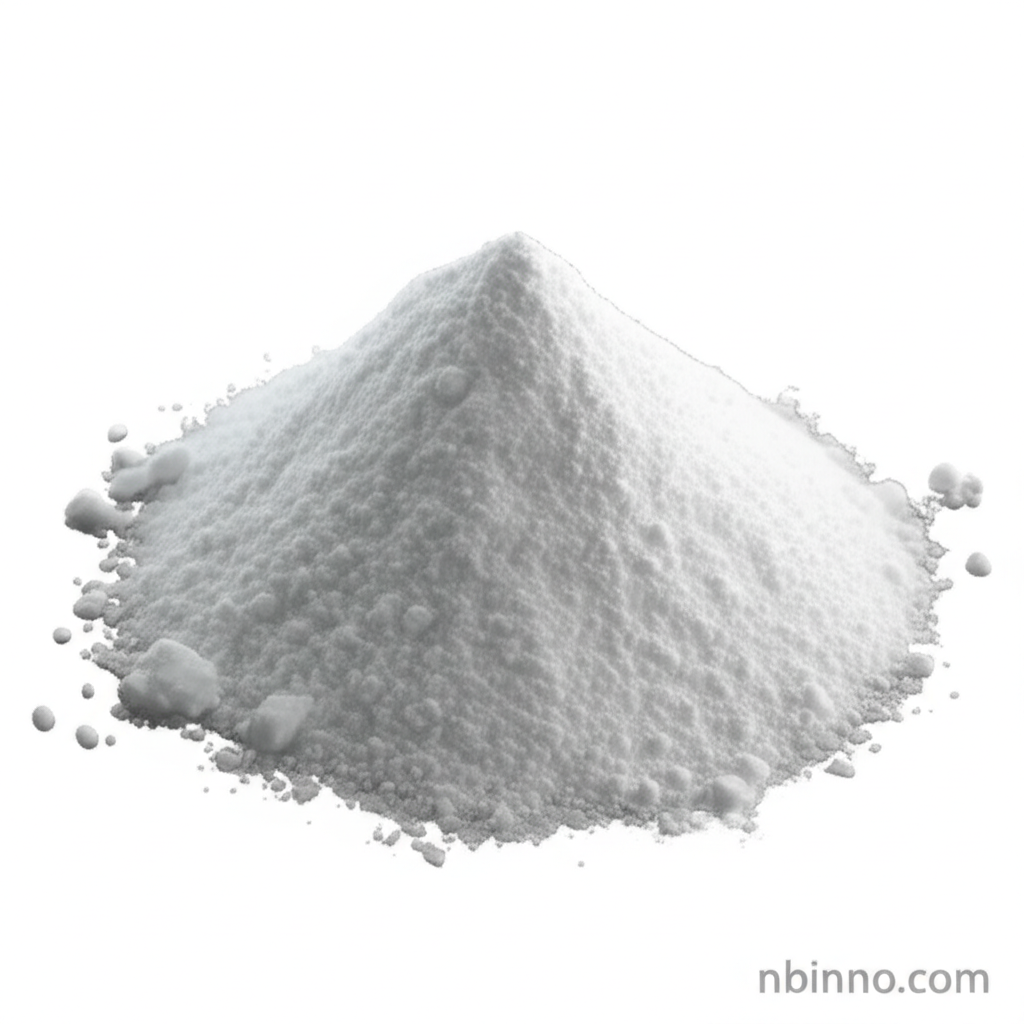Phosphorus Pentoxide (P2O5): Properties, Applications, and Safety
Discover the essential role of Phosphorus Pentoxide as a versatile chemical reagent and powerful dehydrating agent.
Get a Quote & SampleProduct Core Value

Phosphorus Pentoxide
Phosphorus Pentoxide (P2O5) is a highly reactive chemical compound characterized by its white, microcrystalline powder form. Its exceptional hygroscopic nature makes it a potent dehydrating agent, crucial for various industrial and laboratory applications.
- Discover the vital uses of phosphorus pentoxide in chemical manufacturing and research.
- Understand the critical phosphorus pentoxide chemical properties that enable its diverse applications.
- Learn about the safety protocols required when handling this powerful P2O5 chemical compound.
- Explore how phosphorus pentoxide functions as a key reagent in organic synthesis.
Key Advantages
Powerful Dehydration Capabilities
Leverage the potent dehydrating power of Phosphorus Pentoxide to effectively remove water molecules in various chemical processes, a key aspect of its hygroscopic nature.
Versatile Reagent in Synthesis
Utilize P2O5 as a versatile reagent in organic synthesis, facilitating reactions such as the conversion of amides to nitriles, crucial for producing intermediates.
Industrial Applications Expertise
Benefit from the wide-ranging industrial uses of P2O5, from catalyst production to glassmaking and the creation of specialty phosphates.
Key Applications
Dehydrating Agent
As a potent drying agent, P2O5 is indispensable in processes requiring meticulous water removal, showcasing its strong hygroscopic nature.
Organic Synthesis Reagent
Its role in organic synthesis is significant, enabling complex reactions and the formation of crucial organic intermediates.
Catalyst Production
P2O5 serves as a valuable component in the manufacture of specialized phosphoric acid-supported catalysts, vital for numerous industrial chemical processes.
Glassmaking and Specialty Phosphates
The compound finds application in the production of optical and heat-insulating glass, as well as in the creation of specialty inorganic phosphates, highlighting its broad industrial utility.
